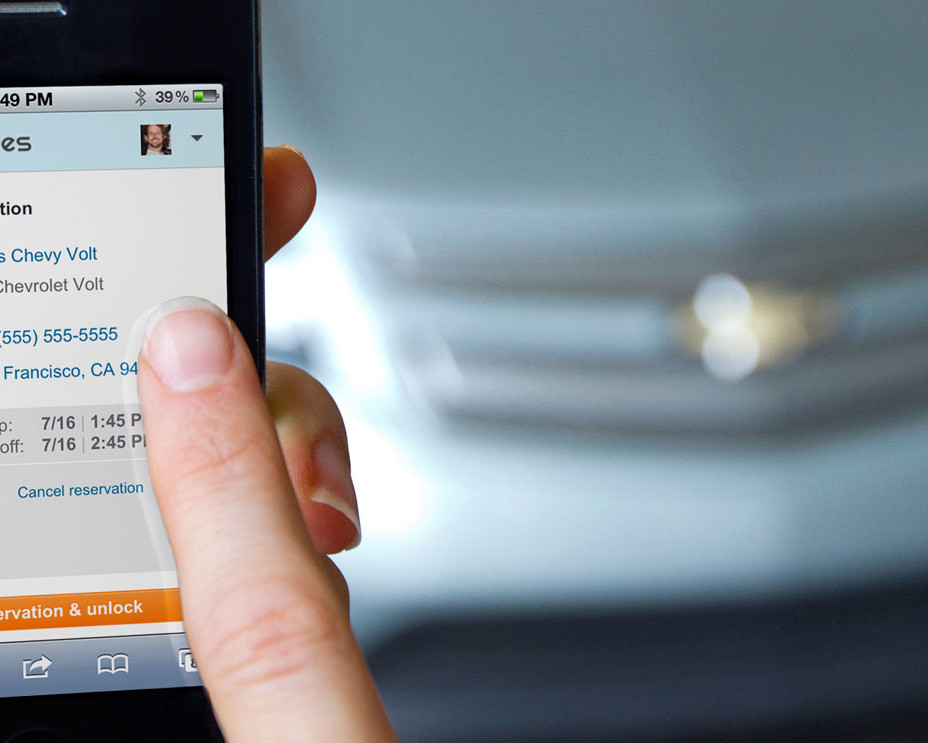In recent years, consumers have come round to the idea that they don’t need to buy many of the things they would have once deemed ‘essential.’
Since we don’t need our cars every hour of the day, car-sharing service Zipcar serves as our temporary and private transportation; those traveling further can harness their buying power to rent private jets on Social Flights, which allows passengers to fly according to their own schedule.
Meanwhile, travellers seeking a more personal connection in foreign cities can stay in private residences for a night or two, thanks to AirBnB.
Some are doing it for economic reasons, others for ecological ones, but regardless, we’re learning what it means to share again. And we’re learning that by pooling together our resources, we can re-organize the way we work, live and play.
In recent years, the popularity of smartphones and our growing familiarity with the Internet have made sharing and co-ordinating resources increasingly viable on a large scale. As a result, we’ve started seeing more and more consumers renting their skills and property to one another.
Consumers are now becoming more willing to solve each other’s problems, SoLoMo (a portmanteau of Social, Local and Mobile, as coined by tech venture capitalist John Doerr) style.
“Brands that get involved in facilitating this crowdsourcing and sharing will come across as increasingly relevant and appealing to consumers”
RelayRides is an initiative that allows neighbours to rent cars from each other; another great example of this is Parking Circa, a mobile app that allows the owners of private parking spots to rent these out for certain periods of time.
In cities like San Francisco—where parking is difficult to come by—these private parking spots immediately increase the supply without additional construction costs to the city.
Smartphones keep us connected anytime and anywhere, but they’re now turning us into buyers and sellers. Location-based services are one of the strongest trends driving the rise of collaborative consumption.
RelayRides is a peer-to-peer carsharing service. It allows private car-owners to rent out their vehicles via an online interface. Car owners can set their own prices, and the company takes 25%.
According to a recent Pew Research study, 28% of all American adults use mobile or social location-based services, and 28% of cell phone users use their phones to get recommendations based on their current location.
As consumers rely more heavily on their smartphones to find the nearest and best store for products and services, this growing familiarity is likely to extend to non-commercial activities (e.g. Which is the closest and best park to play softball? Can I find someone who is making a trip to IKEA to help make a purchase for me?).
Apart from crowdsourcing for new product ideas or completing mundane tasks (see My Starbucks Idea and Gigwalking), most brands are standing along the sidelines when it comes to harnessing the trend of collaborative consumption. And rather than be left behind, brands could step in as facilitators of this process.
1. Own a “public square”: Help consumers connect with each other. Given that access, rather than ownership, is paramount in collaborative consumption, brands are in a position to facilitate connection. These “public squares” could be online spaces where consumers can easily post and respond to requests for products, services or even experiences in real time. Zaarly, for example, is a community platform that hosts consumer requests that have not explicitly had a market.
2. It’s a test drive: Frame these trial experiences as opportunities for consumers to test drive your products. Earlier this month, Ford announced a partnership with Zipcar to make the carmaker the largest automotive source for Zipcar’s on-campus locations. This move allows frugal students to become familiar with the brand and the cars without the pressure of a salesperson sitting beside them.
3. Ensure your security: A rise in rental arrangements requires new insurance needs. Insurance companies can create new products for consumers who need coverage that’s tied to an activity rather than tied to the entire piece of property. AirBnB, for example, now has a $50,000 insurance guarantee protecting hosts against rogue guests.
Brands that get involved in facilitating this crowdsourcing and sharing will come across as increasingly relevant and appealing to consumers.
It’s also key to remember that consumers are seeking these community-based initiatives in part because they re-introduce the human touch into the consumption process.
After all, handing cash to the person who knitted you a scarf (see Grannies Inc.) makes the world feel like a smaller place.



